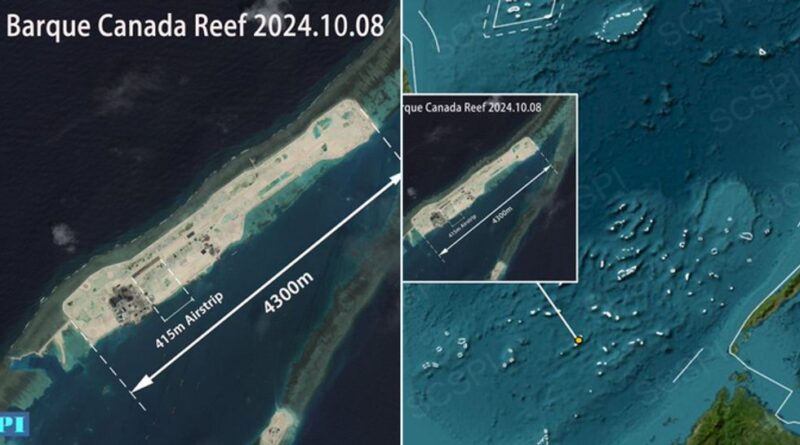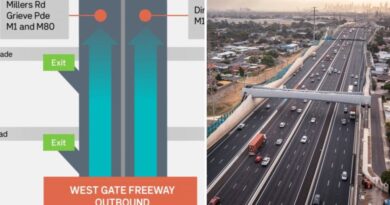Vietnam builds airstrip on reclaimed island in South China Sea
New satellite imagery shows a runway being built on Barque Canada reef.
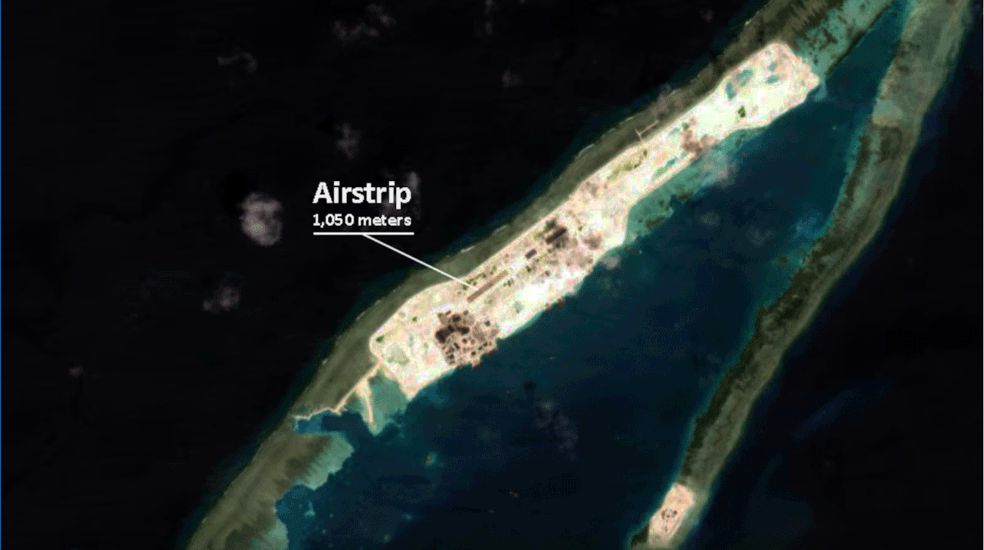
The latest satellite imagery has revealed a new airstrip taking shape on Barque Canada reef, an artificial island developed by Vietnam in the disputed Spratly archipelago in the South China Sea.
Images provided by Earth imaging company Planet Labs and analyzed by Radio Free Asia show a partial runway of about 1,050 meters (3,445 feet) in length in the middle of the reef.
Barque Canada reef is one of the Vietnam-controlled Spratly islands that has undergone development at a remarkable pace since 2021.
According to RFA’s estimates, as of October 2024, the total landfill area more than doubled in one year to nearly 2.5 square kilometers, or 617.7 acres.

The island now stretches over a length of 4.5 kilometers (2.8 miles) making it possible to develop an airstrip of 3,000 meters or more.
Gregory Poling, director of the Asia Maritime Transparency Initiative, or AMTI, at the Washington-based Center for Strategic and International Studies, told RFA that Barque Canada reef “has been prepped for an airstrip.”
AMTI flagged in June that the reef indeed had the potential to host a 3,000-meter runway like those that China has in the Spratlys. Vietnam currently has only one airstrip in the archipelago, on an island called Spratly, measuring 1,300 meters.
“The new airstrip will considerably expand Vietnam’s maritime patrol capabilities as the existing runway on Spratly Island is too short for larger aircraft,” said Poling.
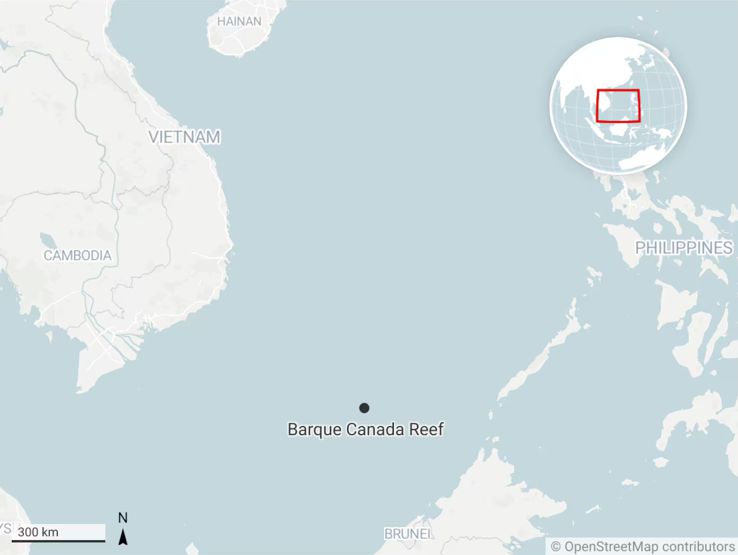
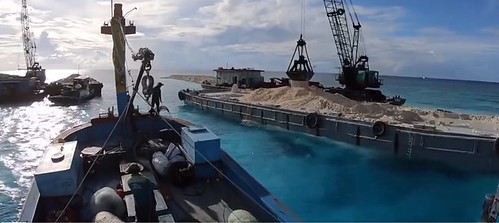
Several Vietnamese sources, who declined to be identified because of the sensitivity of the subject, told RFA that there are plans to construct more runways, maybe two or three, on Hanoi-claimed islands.
Improved military capabilities
Vietnam could still use shorter runways for small aircraft like the Antonov An-2 transport airplanes or helicopters, explained Tom Shugart, adjunct senior fellow with the Defense Program at the Center for a New American Security.
But a longer runway is needed for combat aircraft, he said.
“Another base and runway would give Vietnam a position on the other side of China’s ‘Big Three’ islands,” he said, referring to Fiery Cross, Subi and Mischief reefs.

These three artificial islands have been fully militarized by Beijing with missile systems and runways longer than 3,000 meters.
The Vietnamese government and military are believed to place great importance on the development of Barque Canada reef, which is known as Bai Thuyen Chai in Vietnamese, which means Fishing Boat reef because it is shaped like one.
Vietnam’s navy claimed it first occupied Barque Canada in 1978 but had to withdraw soon afterwards because of “unsustainable conditions.” It came back 10 years later to set up three outposts on the reef, which have now become permanent buildings with facilities for the stationed troops and visiting fishermen, and even include a “cultural center.”
Hanoi controls 27 features in the South China Sea, according to AMTI. The think tank also assessed that while China’s “Big Three” artificial islands remain the largest, the next four largest outposts are all newly expanded Vietnamese reefs.
They are – besides Barque Canada reef – Namyit island, Pearson reef and Discovery Great reef. (Mike Firn/RFA)
